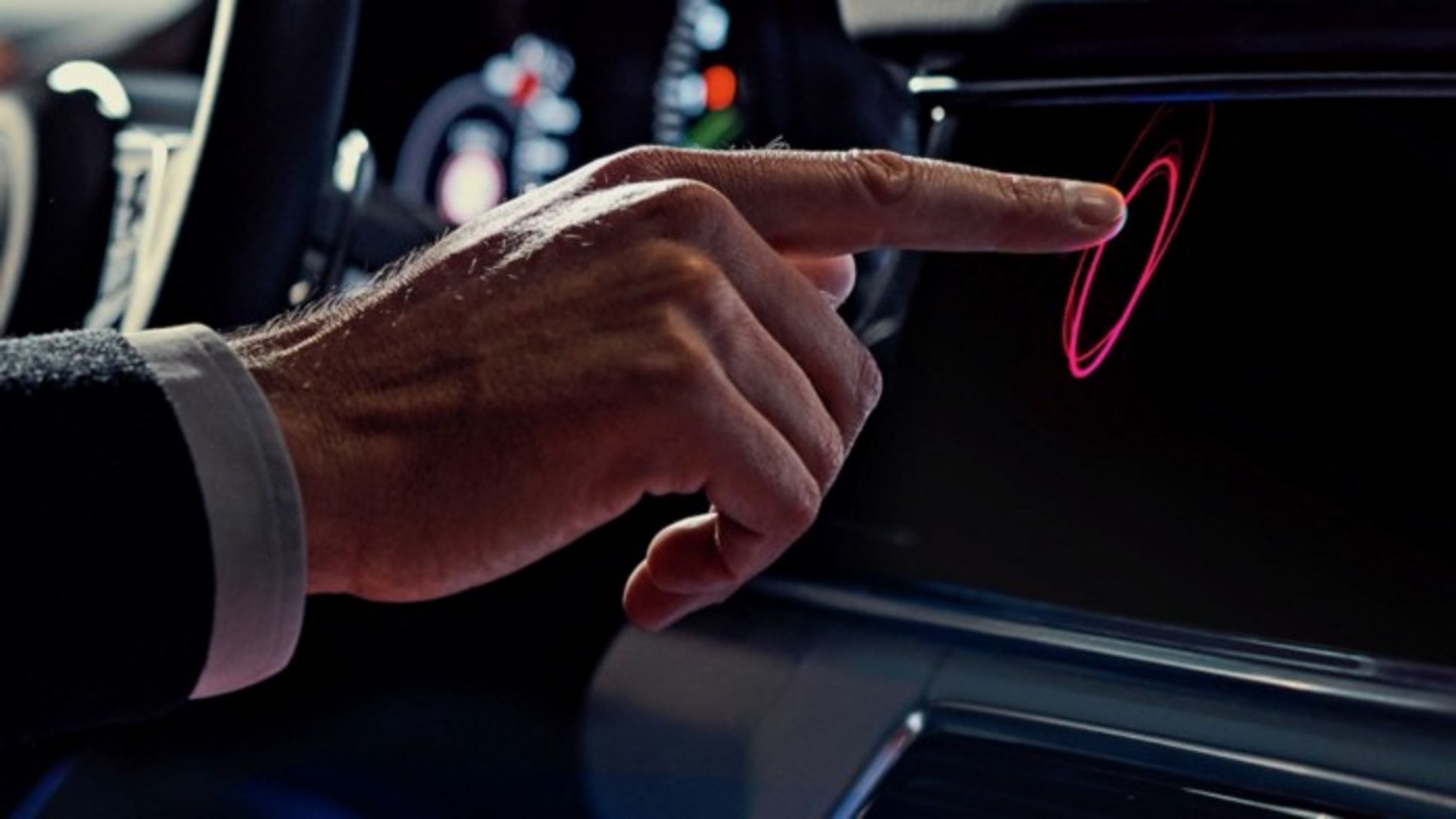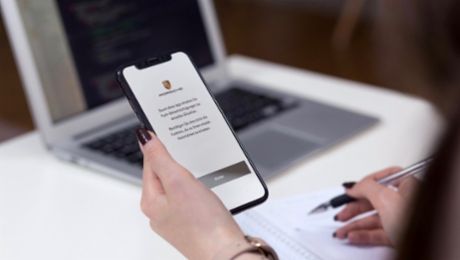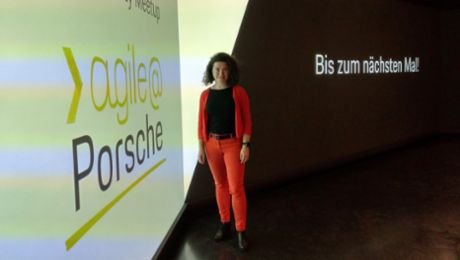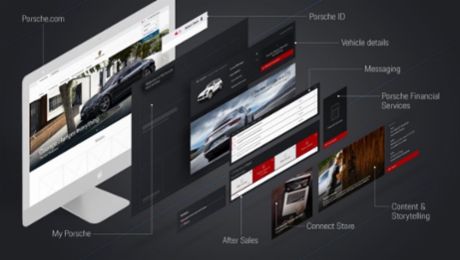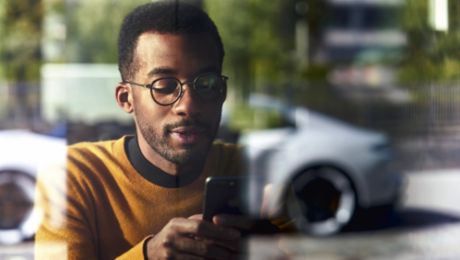Marketing communication and UX design play a crucial role in creating and improving brand awareness. In today’s digital age, there are countless opportunities for businesses to communicate with their customers, and it’s increasingly important to build a strong and powerful online presence. Visual aesthetics, page design, usability, message, and brand voice and tone all contribute to an overall expression and add up to the user experience.
We spoke to Daniel Diener, UX Specialist Marketing Communications, about his role at Porsche and how he makes an impact on his work. Discover more about UX, empowered product teams, remote work in times of COVID-19, and the three pillars of his job in his interview with us. Please note: A part of this interview first appeared in the German marketing magazine “OnetoOne”.
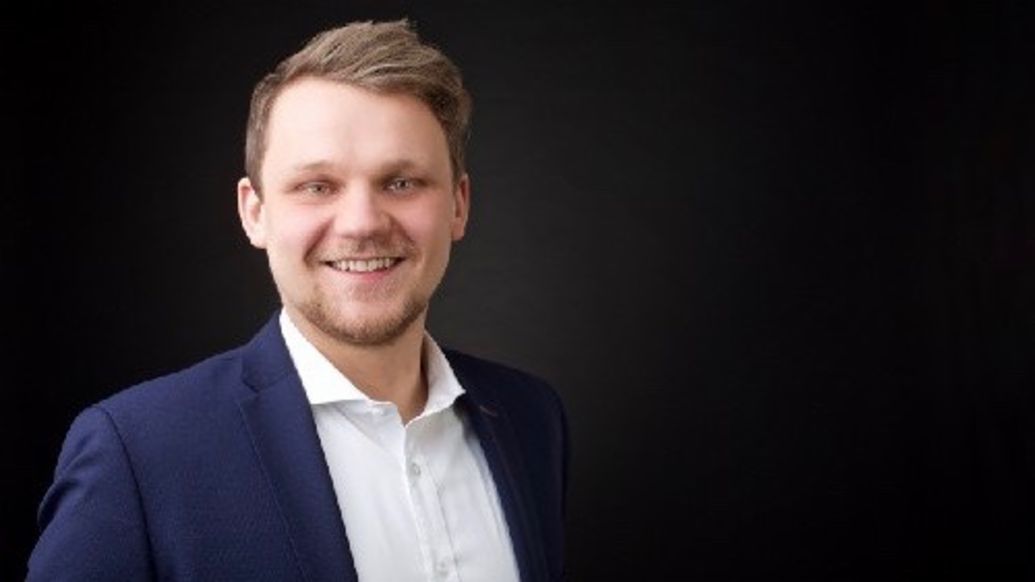
1. What is the central task of a UX Specialist in the Marketing Communications department?
When I started working as a UX Specialist at Porsche three years ago, we were charged with being the “guardians of the brand”. For example, when a website was launched, it was our job to inspect and examine it. We made sure that the right website elements were used, that the lettering was in order, and that everything was correct from a CI point of view.
Essentially, our job can be divided into three pillars:
First, we want to work with the right tools and methods. We have developed principles for this purpose and work with design sprints, user journeys or with so-called personas, for example.
Secondly, we believe that it is important to work not only with the right tools but also with the right people. We have therefore established a design culture. We manage, align and develop about 40 to 50 UX designers through common ways of thinking and working.
The third pillar concerns product maturity as well as making the customer experience measurable. We want to make quality verifiable and ultimately improve the user experience and the work of our product and design teams. A product team consists of five to 20 people and a UX Specialist who supports the team. We, therefore, talk to our teams on a daily basis and are in close contact with them.
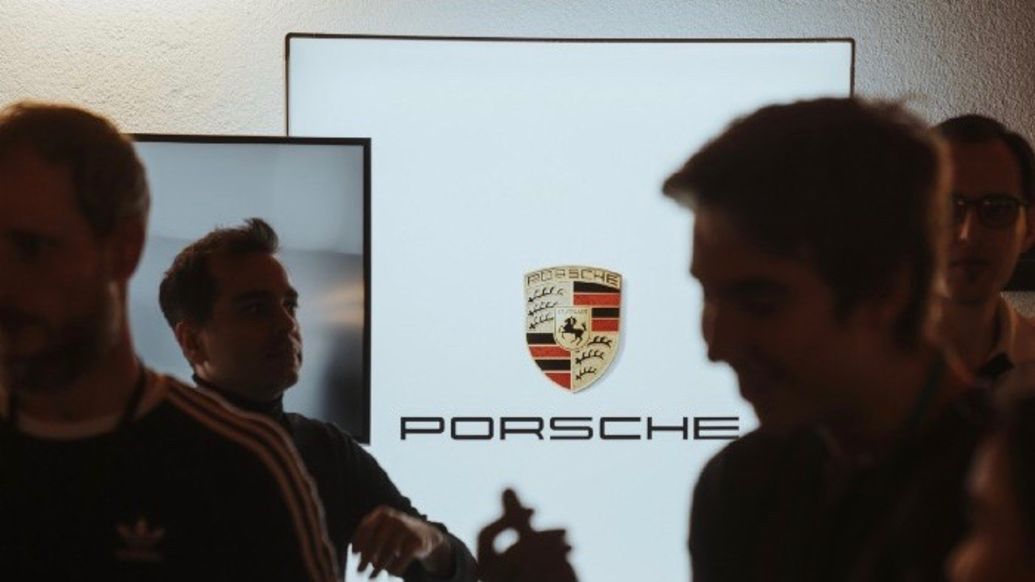
2. What specific measures/actions do you take in your daily work to solve this central task? What does your daily routine look like?
Most of my working time is spent communicating with UX designers and project teams. This includes many meetings, of course. Nevertheless, I follow a rule: a maximum of 60 percent of my time should be spent on meetings. The rest of my time I spend on the development of our user experience frameworks and the expansion of the three pillars mentioned above. This also includes the development of our digital products. For example, we have just received new studies that have shown that navigation in our online shop does not yet meet user goals in some areas. We tackle such problems directly with our teams. To do this, I bring all the experts involved together and then we work out solutions to these problems.
And last but not least I am also active as a “community dad”: We take care of our team and help them when tools are missing or solve other problems. It is important for us to always have an ear for our designers.
3. How do you help your clients with your work?
With our work, we make sure that our users achieve their goals. We follow three principles: simple, recognizable and emotional. It doesn’t matter whether the user wants to buy a t-shirt or make an online appointment booking. A uniform brand presence helps users to reach their goals quickly and easily.
4. Do you occasionally work from home? How has COVID-19 affected your work?
Before the corona crisis, working from home was possible and encouraged. From Tuesdays to Thursdays, we worked together on our project areas and everybody was usually in the office. Monday and Friday were classic home office days. But I didn’t usually work from home on these days and preferred working with my Marketing Communication colleagues, who work on other topics, such as maintaining and developing Porsche.com or model communication.
We have currently moved all office-based activities to remote work due to the coronavirus. In the first week, this transition was not easy for me because I usually work very closely with my team and we discuss a lot of things directly in meetings. I miss the short conversations in the corridor or at the coffee machine, too. At first, there was also a tendency to hold more meetings. Topics were collected and not discussed directly. But this quickly changed. Spontaneous phone calls or chats help me and our teams to quickly clarify things.
Moreover, we have switched all our rituals and design community meetings to remote sessions, which work amazingly well and even bring additional benefits. For example, before the corona pandemic, we met with the design community every 3 weeks. Since our community is spread across the country, not everyone managed to attend. Thus, the meeting was a mixture of local and remote sessions. But as you can imagine, it’s not always easy for remote participants to follow a meeting with local participants.
With our new remote session, we now have twice as many participants as in a regular meeting and everyone is able to fully participate in the conversation. We have also managed to integrate colleagues from other markets. After Corona, we will revive the personal exchange, of course. But the remote version of the design community meeting will continue to exist due to the advantages mentioned above.
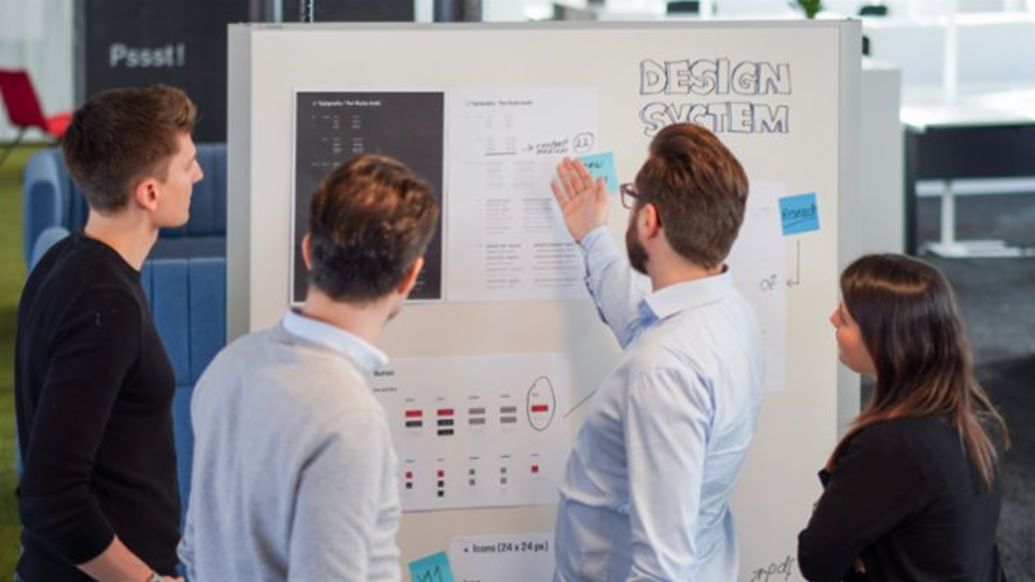
5. How did you become a UX/UI designer? And is there a path to becoming one?
I didn’t study design or something similar but instead chose a different path, studying sports management. However, during my studies, I quickly specialized in marketing. Borussia Dortmund was my first professional station. There I worked in the Digital Marketing team, working on the then-new website www.bvb.de. It was there that I developed my passion for digital media. So, I did not go the traditional way. But maybe that’s also where my strength comes from, namely being able to familiarize myself very quickly with various topics. We work very closely with different specialists and experts, for example, designers or researchers. This results in a very steep learning curve. Through this collaboration, you get to know many disciplines. However, this also means that a certain level of expertise is essential. We often discuss design on a micro-level. If you are not technically fit, you are not taken seriously. You have to be very good in your field in order to be able to talk to the experts at eye level.
6. What do you like most about your job?
What I like most about my job is the opportunity to work closely with people and to help teams to become better.
Thank you very much for your time and your valuable insights.
Info
A part of this interview first appeared in the German marketing magazine “OnetoOne”.
